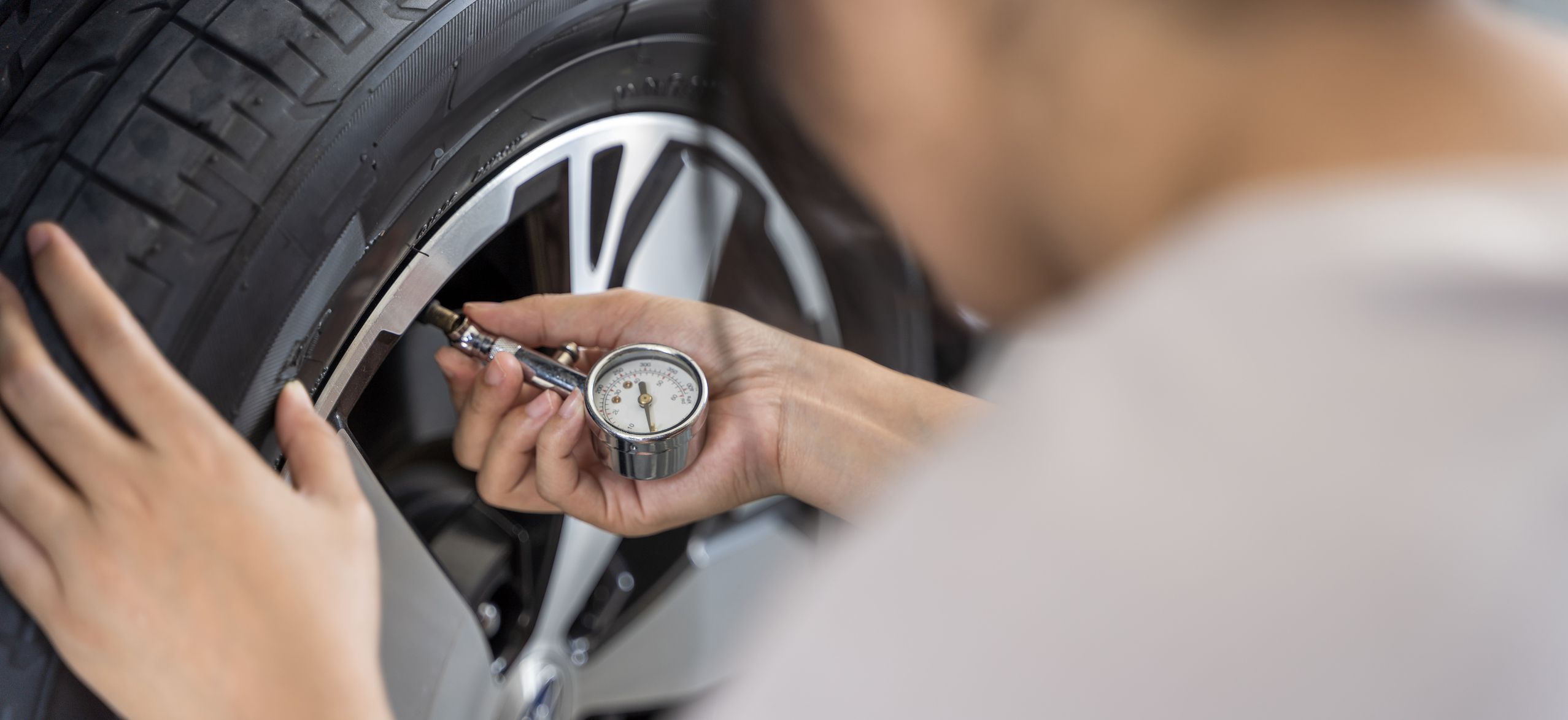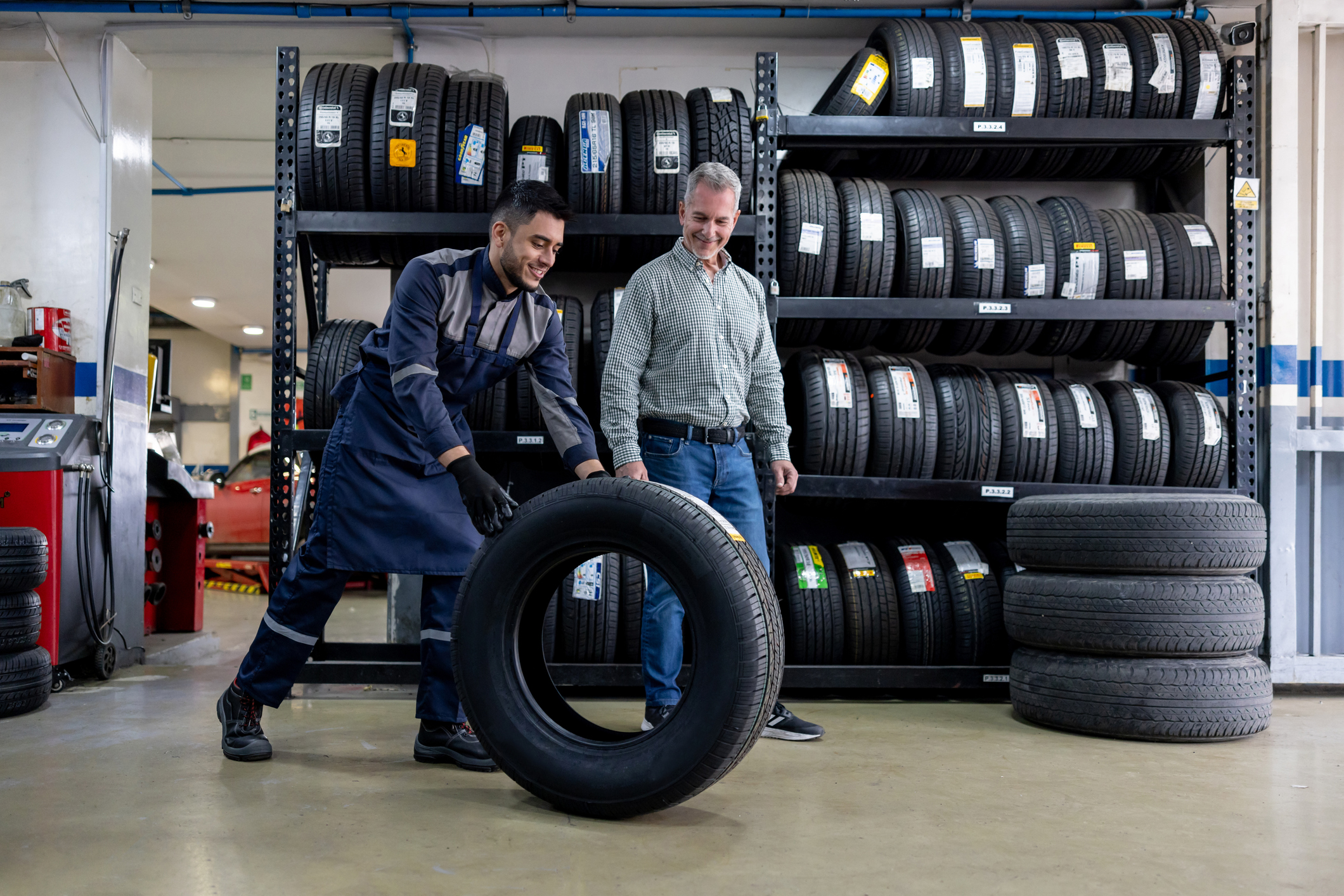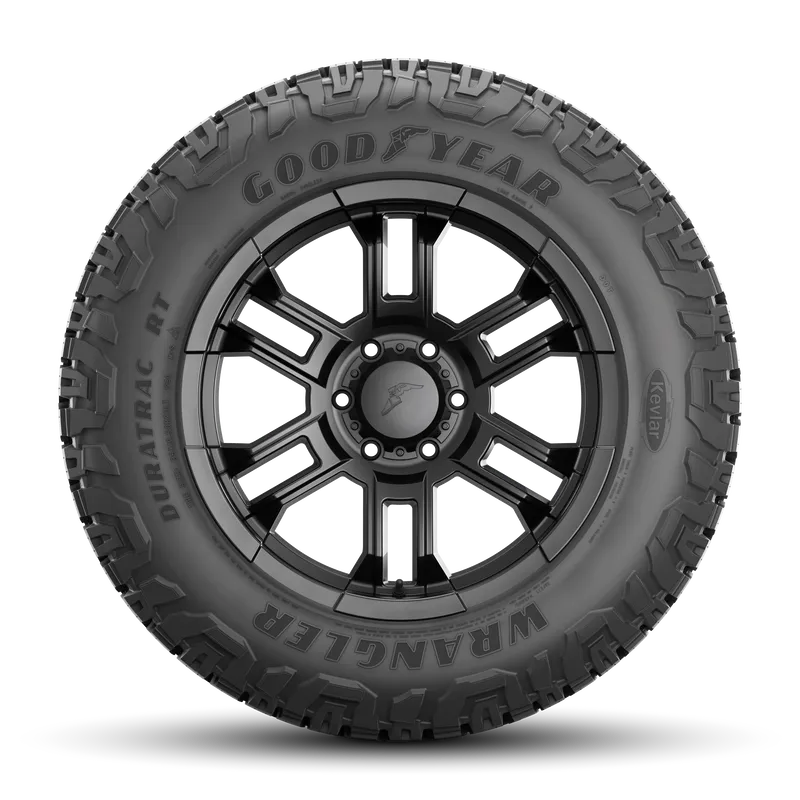How to Know When It’s Time to Replace Your Tires
Your tires are the unsung heroes of your vehicle. They grip the road during sharp turns, channel away rain in a storm, and keep your ride smooth on long commutes. But unlike oil changes or engine lights, tires don’t have an automatic reminder that tells you when it’s time for replacement. So how do you know?
Here are the key signs to watch for:
1. Tread Depth Is Too Low
Tread depth is the easiest way to check tire health. Tires with shallow tread can’t grip the road, especially in wet or snowy conditions. Use the simple “penny test”:
- Insert a penny into the tread, Lincoln’s head facing down.
- If you can see all of the top of his head, your tread is under 2/32” and it’s time for new tires.
Many safety experts recommend replacing earlier, around 4/32”, for improved wet braking performance.
2. Uneven Wear Patterns
If your tires wear more on the inside or outside edges, it could mean alignment or suspension issues. Rotating your tires regularly helps, but uneven wear may still shorten their lifespan. It’s best to have a professional inspect both your tires and alignment.
3. Cracks, Bulges, or Blisters
Rubber naturally degrades over time. Sunlight, road salt, and heat all take a toll. Look for cracks in the sidewall or bulges where the tire structure has weakened. These signs often mean the tire is at risk of a blowout.
4. Tire Age
Even if your tires still have tread, age matters. Rubber compounds harden over time, reducing grip. Most manufacturers recommend replacing tires after 6–10 years regardless of mileage. You can find the age in the DOT code on the sidewall — the last four digits indicate the week and year of manufacture.
5. Seasonal Changes
If you live in an area with harsh winters, you may notice your tires struggle more in cold temperatures. Summer and all-season tires harden in freezing conditions, which can lead to unsafe driving. Seasonal tire swaps may be necessary to stay safe year-round.
Bottom line: Tires are your first line of defense on the road. If you notice any of these warning signs, schedule a tire check with your local dealer. A professional inspection can save you money in the long run — and keep you safer on the road.



.png)

